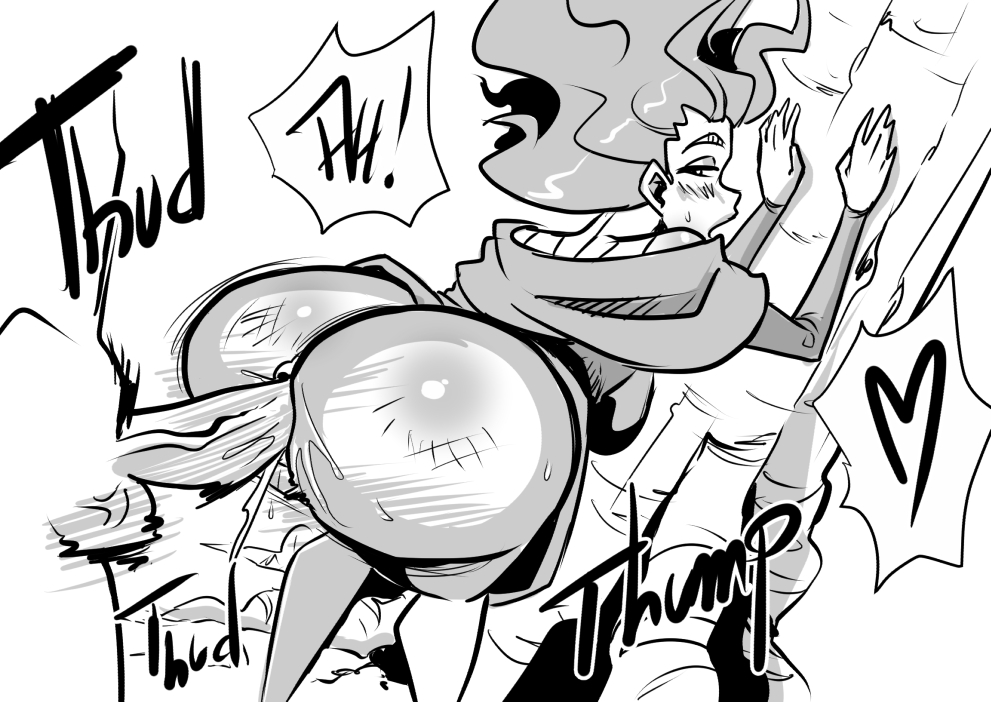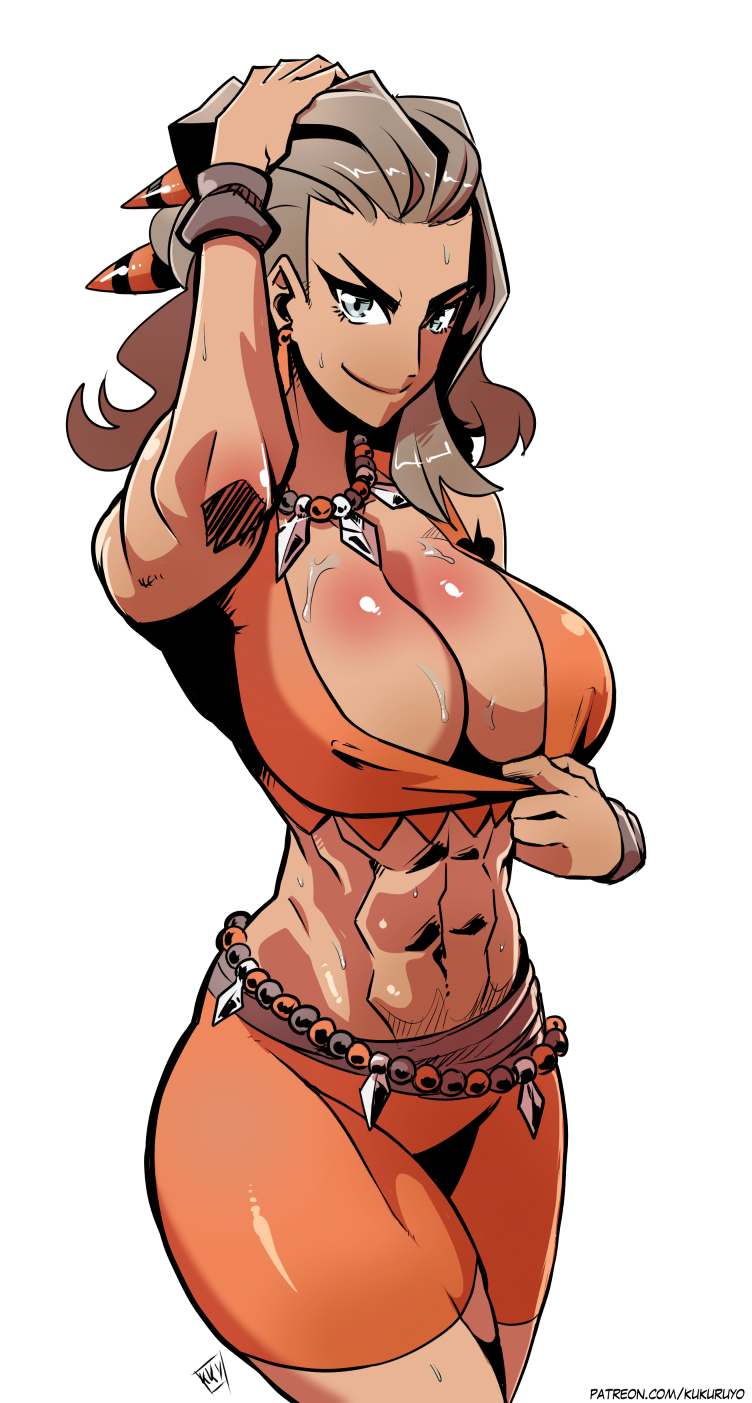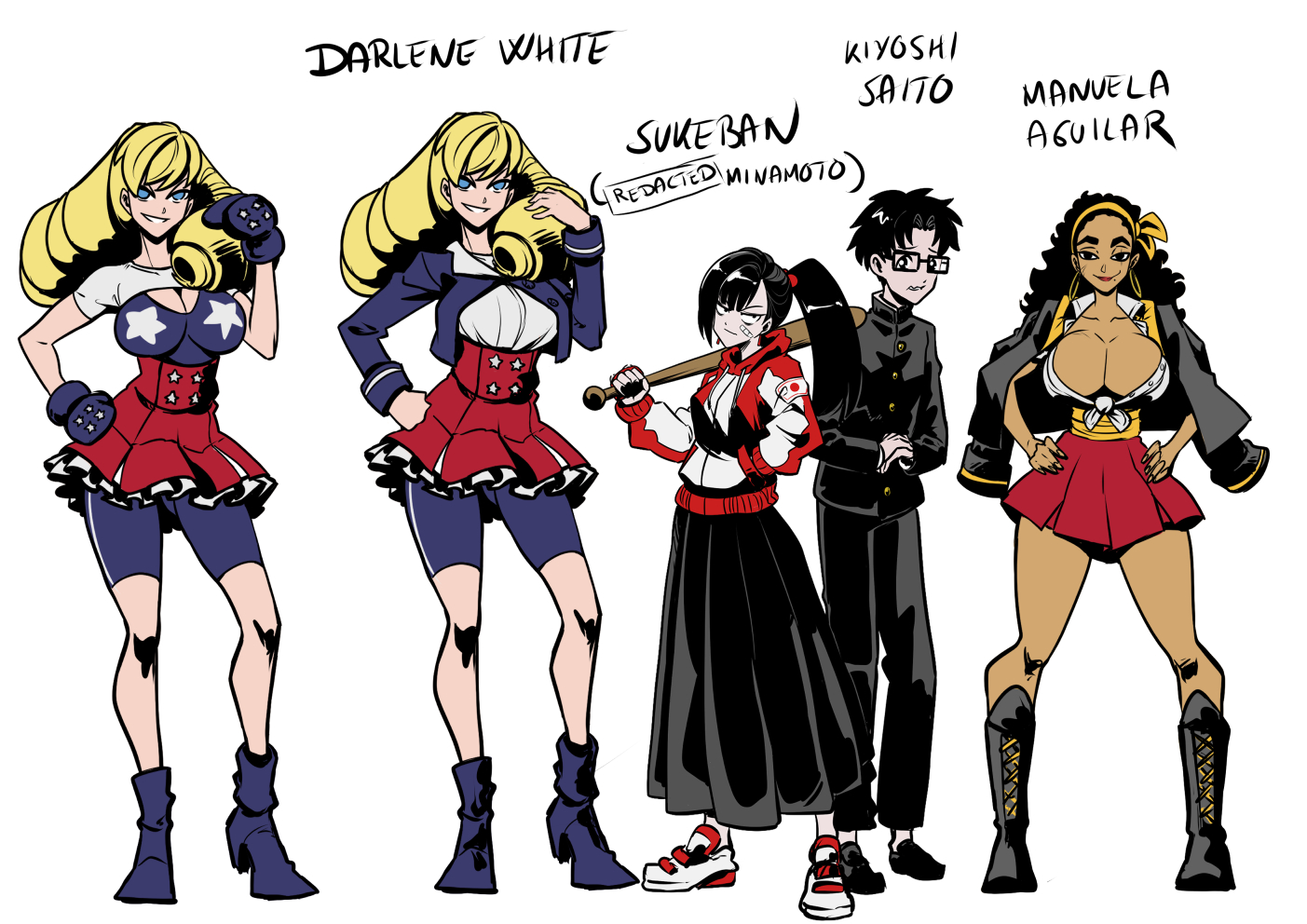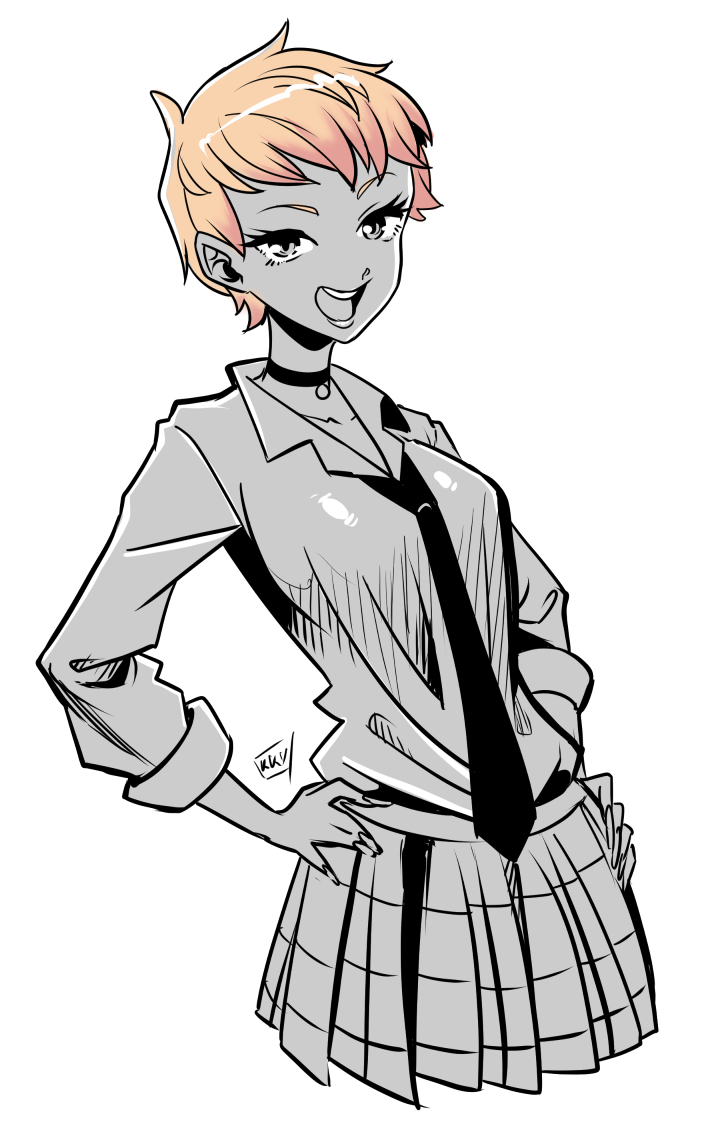


It has taken me some time but i finally did a drawing of the newest Pokemon waifu. I also did a short NSFW comic in my patreon, and a video with the process. Check my commission rates and support my patreon for mature content.
Me ha tomado un poco de tiempo pero finalmente hice dibujo de la nueva waifu pokemon. También hice un pequeño comic nsfw para mecenas y video del proceso.

After a day of brainstorming several details of the characters of Sukeban, i’ve finally though the names of the main cast Now only a couple dozen of secondaries remain XD
Btw, “Manuela” is a name in spanish but it’s also a slang for “handjob” or “jerking off”, and you can bet it’s gonna come up in the comic XD

Commission of a furry for a youtube channel. Check my commission rates and support my patreon for mature content.

“Gender swap” this, “whitewashing” that; but what if i cut your waifu’s hair?